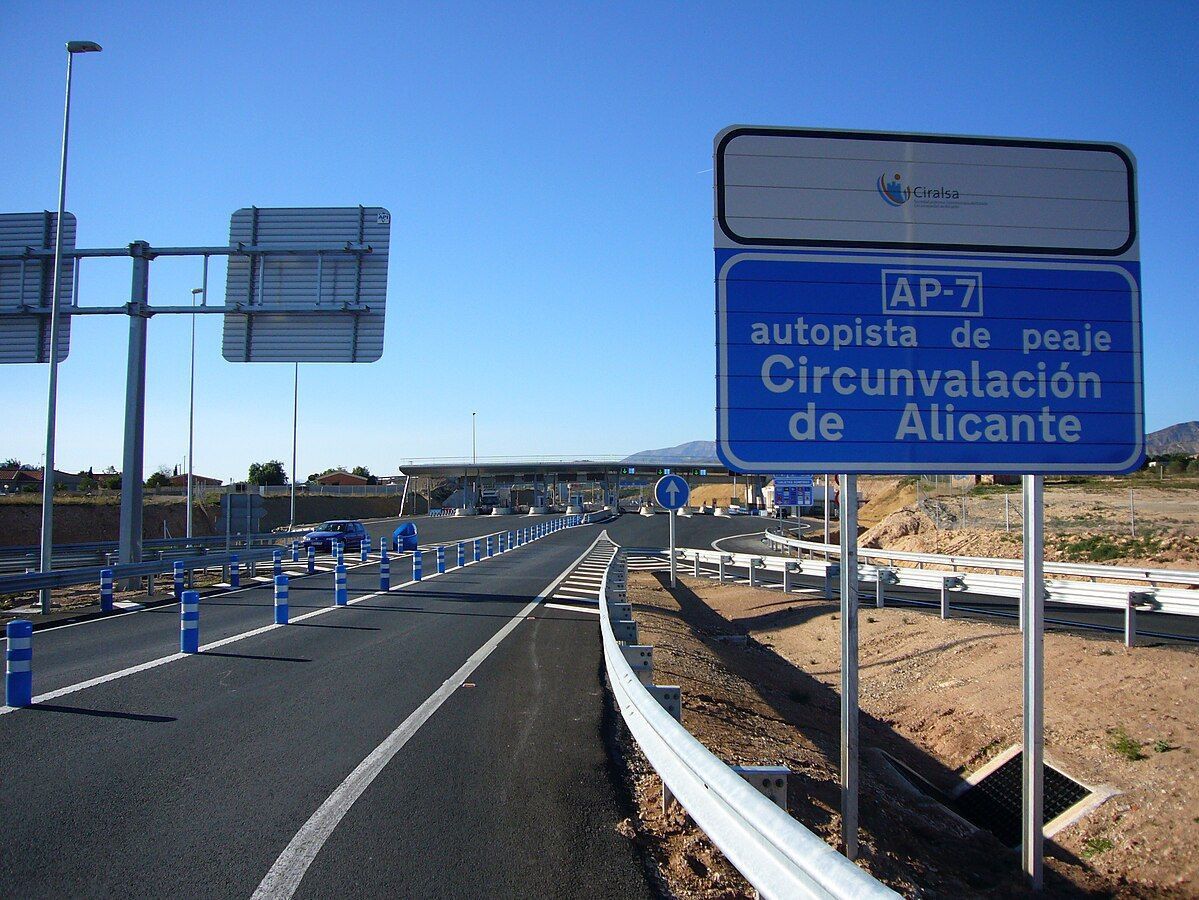This step forward occurs after the ministry authorised the State Society for Land Transport Infrastructure (SEITT) to activate a pilot test to subsidize 100% of the highway toll between July 16 and October 15, 2024 to capture the long-distance and heavy traffic of the A-70 highway, currently on the verge of its maximum capacity with an average traffic of between 80,000 and 95,000 vehicles per day, depending on the sections.
"The situation on the A-70 cannot wait. We needed a quick, intelligent and immediate response," explained Óscar Puente, who added: “Fewer vehicles, in general, and many fewer trucks, in particular, will reduce congestion, improve road safety, reduce accidents and, very importantly, reduce emissions.”
The objective of the measure, published in the Official State Gazette (BOE), is to decongest the A-70 to improve its traffic conditions and road safety and reduce emissions of polluting gases, promoting the use of existing infrastructure, such as the AP-7, and the effectiveness of public resources.
During the three months of the pilot test, it will be analysed whether the use of the AP-7 Alicante Ring Road is effective as an alternative for traffic, especially long distances, to the A-70. Specifically, SEITT will evaluate the impact of lifting the toll on the circulation conditions of the infrastructure, the flow and composition of traffic and the effective transfer that may have occurred between both roads.
While the A-70 registers a high traffic intensity, which has a detrimental effect on road safety conditions and emissions, the toll highway is clearly "underused", with an average traffic intensity of approximately 5,000 vehicles/day, of which only 6.8% are heavy vehicles.
















